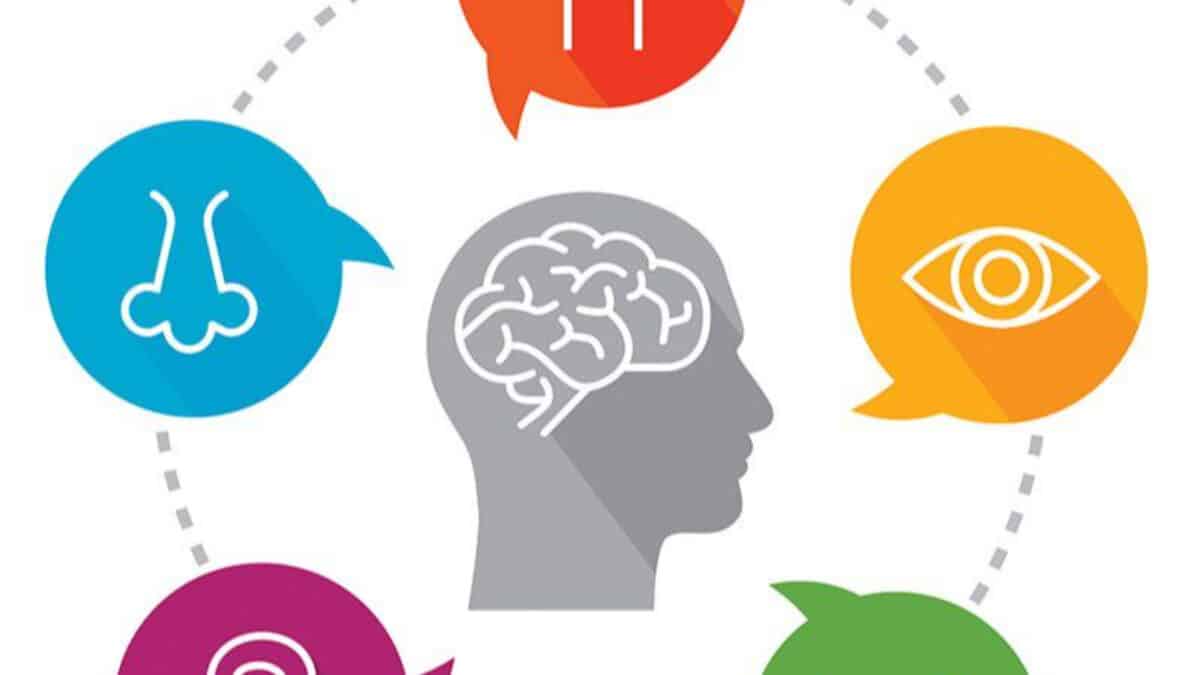Sensory Processing refers to the way that our nervous system receives messages from our senses and turns them into appropriate motor and behavioural responses. We have five basic senses that help us to navigate our daily environments – vision, smell, hearing, touch and taste.
In addition to these five basic senses, we are equipped with two other sensory systems, which provide us with addition information about our body and environment.
The first is the Vestibular System, which provides us with information about our bodies in relation to space. This system contributes to balance, posture control, muscle tone regulation and coordination of eye movements.
The second inner sensory system is the Proprioceptive System, which provides us with information about the impulses from muscles, tendons and joints. The Proprioceptive System gives us information about body position and movement, and works with touch receptors to help control the movement, speed, force, and direction of our bodies.
Sensory processing begins when we are infants, and as we grow, we learn to regulate sensory inputs based on our personal preferences. For example, while some like their food spicy and crunchy, others prefer bland or sweet tastes. While some people seek sensory stimulating environments like concerts or parties, others prefer quiet environments.
Everybody processes sensory environment a little differently (think about how some people love the thrill of a rollercoaster, while others can’t stand the thought of it), but most of us able to process the sights, sounds and smells we encounter each day without much difficulty.
For some people however, sensory processing can be disrupted. This can lead to behavior and learning difficulties in both children and adults. Research shows that children with autism, ADHD and learning disabilities have difficulty processing sensory input. In addition, children and adults with traumatic brain injuries can also have difficulties with sensory processing. The cognitive impairments associated with brain injury including difficulty concentrating and paying attention to a task can sometimes be connected to a sensory processing disorder.
Occupational therapists are trained to recognize and assess sensory processing issues.
At Galit Liffshiz and Associates, our occupational therapists use the gold standard in sensory processing assessment: The Sensory Profile.
Through a comprehensive checklist completed by the client or their caregiver, The Sensory Profile gauges how, and how often, a client responds to various types of sensory stimuli in their environment.
Results from this assessment can help guide occupational therapy intervention and can help OTs develop behavior and learning accommodations for clients in schools, workplaces and at home.
For more information about sensory processing or The Sensory Profile, please contact our office.
By Bani Ahuja, MScOT. Reg. (Ont)
Occupational Therapist

